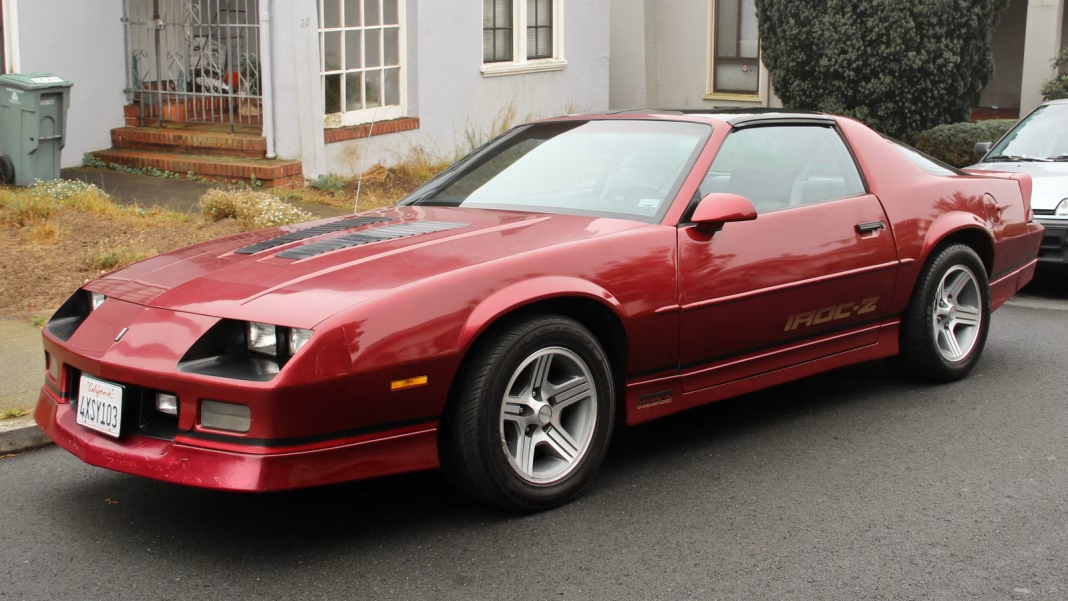Why Are Restomods Capturing So Much Attention Lately?
Restomods—those clever blends of classic car charm and modern tech—are having a serious moment. Maybe you’ve noticed a vintage Mustang cruising by, but it’s got LED headlights and a purr that hints at something more than a carbureted V8 under the hood. That’s the magic of a restomod: it’s nostalgia with a twist, and it’s turning heads everywhere from local car meets to high-profile auctions.
So, why the surge in popularity? For starters, classic cars have always tugged at our heartstrings. But let’s be honest, driving a 1960s coupe with drum brakes and no air conditioning in 2024 isn’t exactly practical. Restomods solve that problem. They let enthusiasts keep the soul of their favorite rides while adding creature comforts and reliability. According to a 2023 report from Hagerty, interest in restomod builds has grown by over 30% in just the past five years, outpacing traditional restoration projects. People want the best of both worlds—and restomods deliver.
What Actually Goes Into a Restomod Build?
It’s easy to think a restomod is just a paint job and some new wheels, but the reality is way more involved. Builders often start with a full teardown, stripping the car to its bare bones. From there, it’s a balancing act: what original features should stay, and what gets upgraded?
Modern engines are a popular swap, not just for power but for reliability and efficiency. Think fuel injection replacing finicky carburetors, or a six-speed manual where a three-on-the-tree once lived. Suspension and brakes get overhauled too—nobody wants to risk a fender-bender because their ’70s muscle car can’t stop as quickly as a modern sedan. And then there’s the tech: Bluetooth audio, backup cameras, even adaptive cruise control in some high-end builds. The result? Pure magic. You get a car that looks like it rolled out of a time capsule but drives like it was built yesterday.
Which Cars Make the Best Restomod Candidates?
Not every old car is a restomod waiting to happen. Some models just lend themselves better to the process. American muscle cars—think Chevrolet Camaros, Ford Mustangs, Dodge Chargers—are perennial favorites. They’ve got iconic lines, huge aftermarket support, and plenty of room under the hood for modern powertrains.
But it’s not just Detroit iron. European classics like the Porsche 911, Jaguar E-Type, and BMW 2002 are increasingly popular in the restomod scene. Even quirky choices—Volvo wagons, old Land Rovers, or vintage Japanese coupes—are getting the treatment. The key is a car with strong bones and timeless style. If it makes people smile when they see it, chances are it’s a good restomod candidate.
How Do Restomods Stack Up in Value and Collectibility?
This is where things get interesting. Traditionalists sometimes scoff at restomods, arguing that originality is everything. But the market tells a different story. Well-executed restomods can fetch serious money—sometimes even more than fully original examples. In 2022, a restomodded 1967 Ford Mustang sold at auction for over $400,000, outpacing many stock versions.
Why the premium? Buyers want a car they can actually drive and enjoy, not just park in a climate-controlled garage. Plus, restomods are often built to a higher standard than the originals ever were, with better materials and craftsmanship. That said, not every restomod is a goldmine. Quality, taste, and provenance matter. A thoughtful build with tasteful upgrades will always outshine a slapdash job with mismatched parts.
What Should You Watch Out For Before Buying or Building a Restomod?
Tempted to jump in? There are a few things to keep in mind. First, documentation is everything. A detailed build sheet, photos, and receipts can make or break resale value. Second, check the quality of the work. Look for reputable builders with a track record—shoddy wiring or poorly fitted panels can turn your dream car into a nightmare.
Also, think about your goals. Are you after a daily driver, a showpiece, or something in between? That’ll guide your choices on comfort, performance, and originality. And don’t forget about insurance—restomods often require specialty coverage, so talk to your provider before you hit the road.
Is the Restomod Trend Here to Stay?
All signs point to yes. As younger generations get into classic cars, they’re less hung up on originality and more interested in usability and personalization. The restomod scene is evolving fast, with new tech and fresh ideas popping up every year. Builders are even experimenting with electric powertrains, giving old-school rides a zero-emissions twist.
The big takeaway? Restomodding isn’t about perfection—it’s about smarter adjustments. Start with one change this week, and you’ll likely spot the difference by month’s end.


